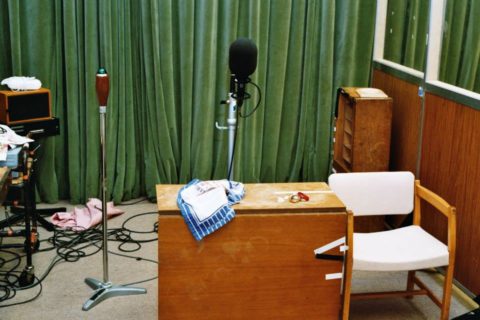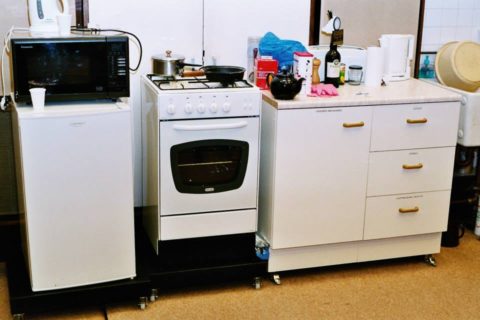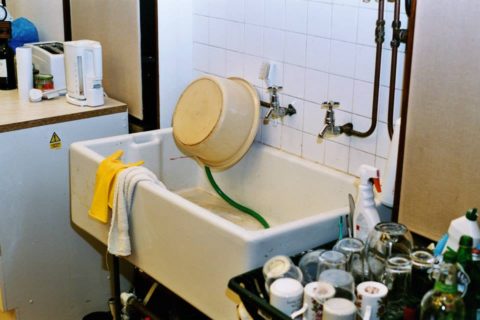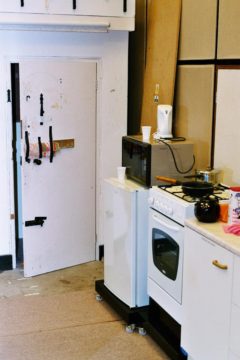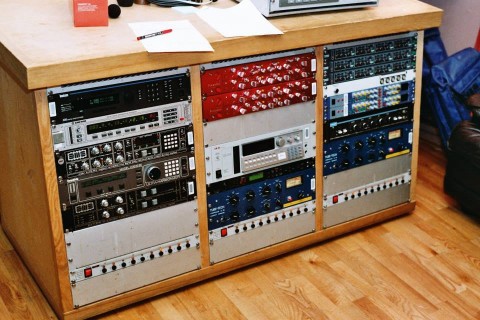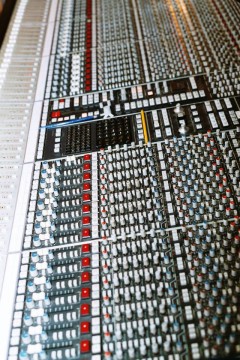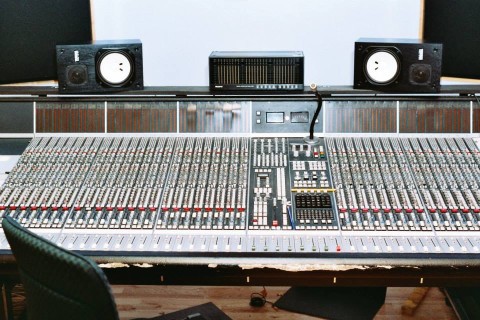(Here is part 6 of Colin Pierpoint’s blog about his career at the BBC):
At this time [mid 1960s] the duties as a Technical Operator in the Control Room included work in the Recording Channels. This was sound only, and is usually thought to be as exclusively for Radio, but in fact we also recorded and edited sound tapes to be used in television. At one time Johnathan Miller was in my editing channel M10 to edit sound for a television programme. I worked for quite a number of Producers, editing the Midland Light Orchestra (as it was then), not just cutting in retakes, but sometimes editing out an early entry by some musician, or split notes on the brass. I still have a reel of tape with a selection of my edits both before and after. I worked with Peter Craddy at first, then Ron Gardener. There was “On Your Farm” produced by Tony Parkin; and a Features Producer by the name of Ann (and I can’t recall her surname). One of her programmes was called “Jews in England”. Richard Butt produced the classical music and we regularity worked on editing orchestral recordings. I edited one recording made in Birmingham Town Hall with Peter Pears and Benjamin Britten.
I also worked with Charles Parker. He produced the Radio Ballads; later after his death to be acclaimed masterpieces of Radio. I remember recording a trailer for his latest programme, in the recording channel M4 at Broad Street. It had a small studio with a Marconi 5 channel desk. After he finished the 1 minute trail, he asked me “What do you think?” Wanting to sound interested I said “It could be a bit more punchy” so he said “let’s do it again then” I wished I had kept my mouth shut! He did do his own tape editing, which I objected to because any faults would be thought to be mine! I think I told him that I don’t mind him doing the editing, if I can do the Producing. Editing was done at that time using splicing tape to join the two parts of quarter inch recording tape. Any imperfect sticky edits would cause the tape to bounce, and french chalk was put on the tape to remedy this. He was putting french chalk on all the edits on the reel, and getting it all over the tape machine, so I told him that he would have to clean it all us afterwards, which to his credit, he did.
Colin Pierpoint
The following comments were posted on the Pebble Mill Facebook page:
Paul Hunt: ‘That looks like a BTR2 tape machine?’
Colin Pierpoint: ‘Correct. I did most of my editing on the BTR2, a lovely machine when you got to know it. When we changed to stereo I used Studer B62 at Pebble Mill, and A80s at Wood Norton, then B67s. Going back to using a BTR2 after the Studers made it feel like driving a tank! The BTR2 channel had interesting hidden facilities. The “Autofollow” button for two reel playback. Switching one machine to remote, would mute the other machine. And operating a toggle switch in the bottom of the linking console made one machine play and the other record if the red light was switched on. This was for copying. Of course, you had to be careful to put the original tape on the play machine and not the one destined to record!’
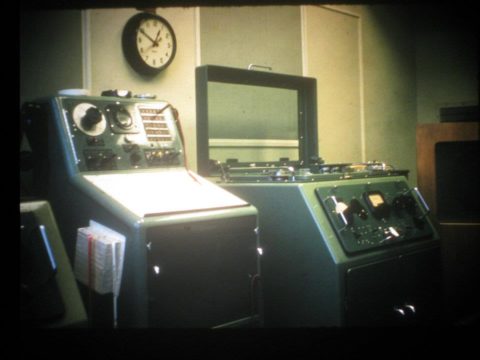

![London Control Room; Christmas 1961. Note the “Drop Flap” telephone exchanges.The metal flaps would actually drop from the energy created by someone turning the handle of a telephone to ring, often from hundreds of miles away. [for the technical readers 50 Hz at 80 volts]](http://www.pebblemill.org/wp-content/uploads/2016/04/London-Control-Room-480x360.jpg)
